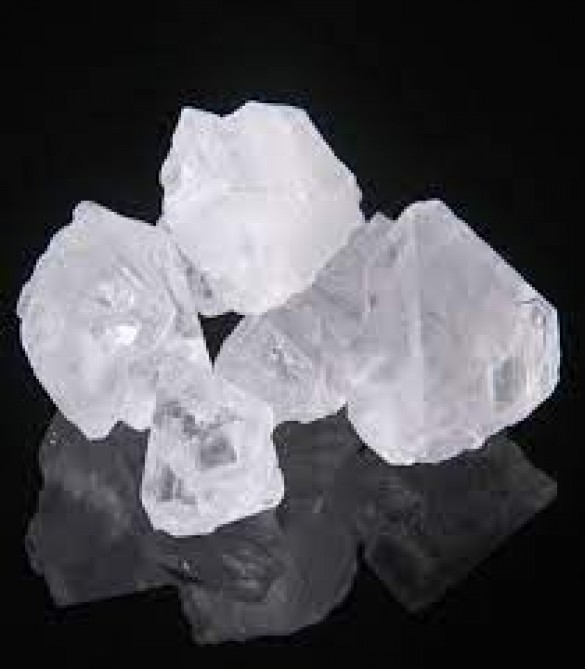
Alum, also known as potassium alum or alum stone, is a naturally occurring mineral that has been used for centuries for its numerous beneficial properties. This crystal-like substance, which is a type of double sulfate, has a wide range of applications in various fields, from traditional medicine and skincare to water purification and food preservation. Alum is a versatile and ancient crystal with surprising benefits that have been valued by diverse cultures for centuries. From its use in traditional medicine and skincare to water purification and food preservation, alum has found a place in various aspects of human life. As research on alum's properties continues to evolve, it is essential to recognize its historical significance and potential in both traditional and emerging applications. When used appropriately, alum can be a valuable addition to our daily lives, contributing to our well-being, health, and safety.
Alum has a long and storied history that dates back to ancient times. Its usage can be traced to the Egyptians, Greeks, and Romans, who valued alum for its astringent and antiseptic properties. The word "alum" is derived from the Latin word "alumen," which means "bitter salt." One of the primary benefits of alum is its antiseptic and astringent properties. It acts as a natural disinfectant and can be applied topically to minor cuts, wounds, and insect bites to prevent infection and promote healing. Alum's astringent properties help to contract tissues and reduce bleeding. Alum has been used for centuries as a skincare remedy due to its ability to tighten the skin and reduce excess oil. It is often used as a natural deodorant and can also be added to face masks and beauty products to improve skin texture and tone.
In traditional medicine, alum has been used as an oral rinse to alleviate mouth sores, gingivitis, and bad breath. Its antiseptic properties help to kill harmful bacteria and maintain oral hygiene.
Alum is widely used in water treatment processes for its coagulant properties. It helps to clarify water by causing impurities and suspended particles to clump together, making it easier to remove them. Alum is particularly useful in water purification for drinking water and wastewater treatment.
In traditional food preservation methods, alum has been used to keep fruits and vegetables firm and crisp. When applied to pickles, it helps maintain their texture and preserve them for longer periods.
Alum plays a vital role in the tanning and leather industry. It is used to prepare leather hides for tanning, a process that helps to preserve the leather and make it durable.
Recent scientific studies have explored the potential health benefits of alum beyond its traditional uses. Some research suggests that alum may have antioxidant properties, which can help protect cells from damage caused by free radicals.
While alum has numerous beneficial properties, it is essential to use it with caution. When used topically, it may cause irritation in some individuals, especially those with sensitive skin. It is essential to perform a patch test before applying alum on larger areas of the skin.
Also read -The Serenity of Seychelles: Secluded Beaches and Island Adventures
Summer in the Swiss Riviera: Discovering the Beauty of Lake Geneva and Montreux